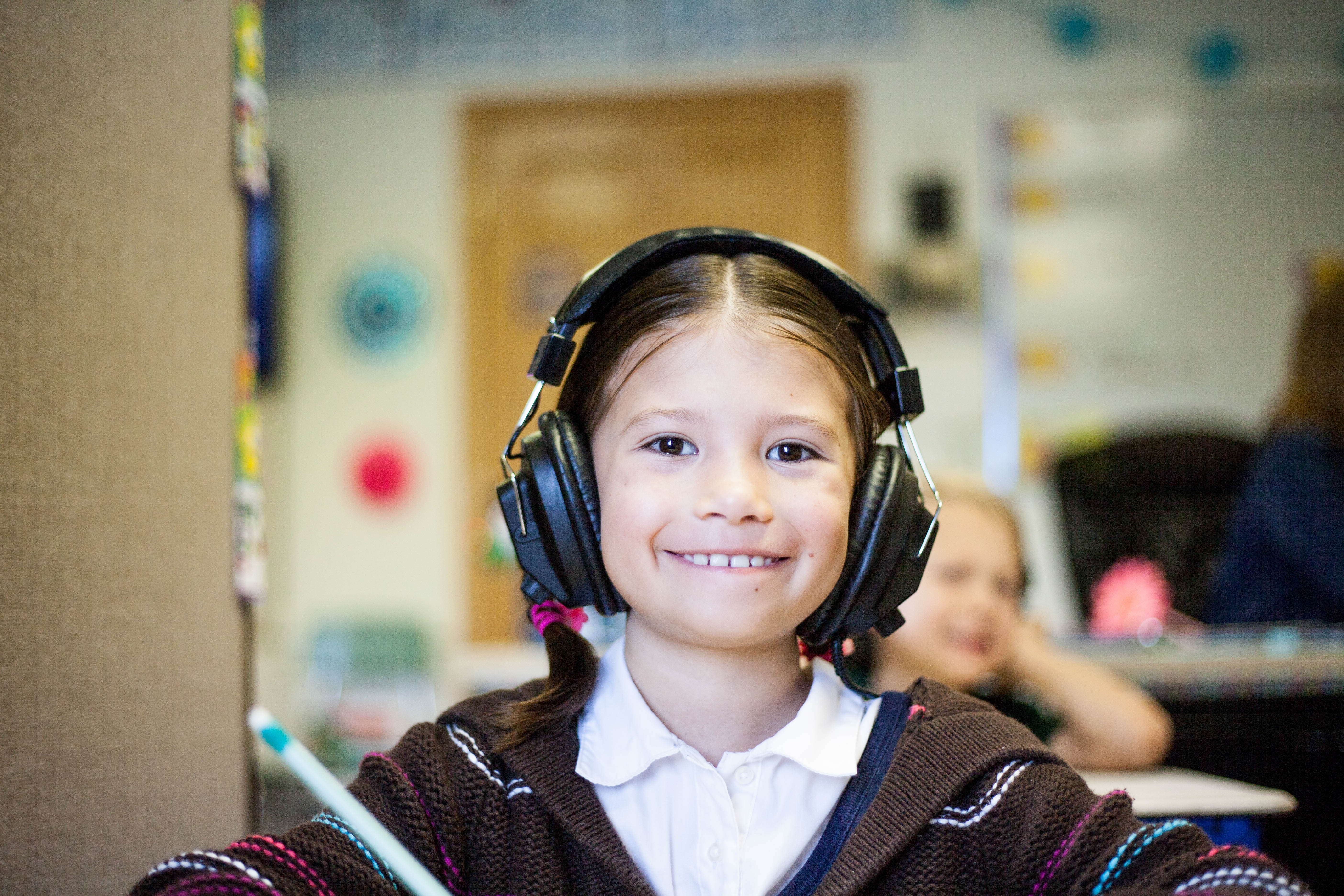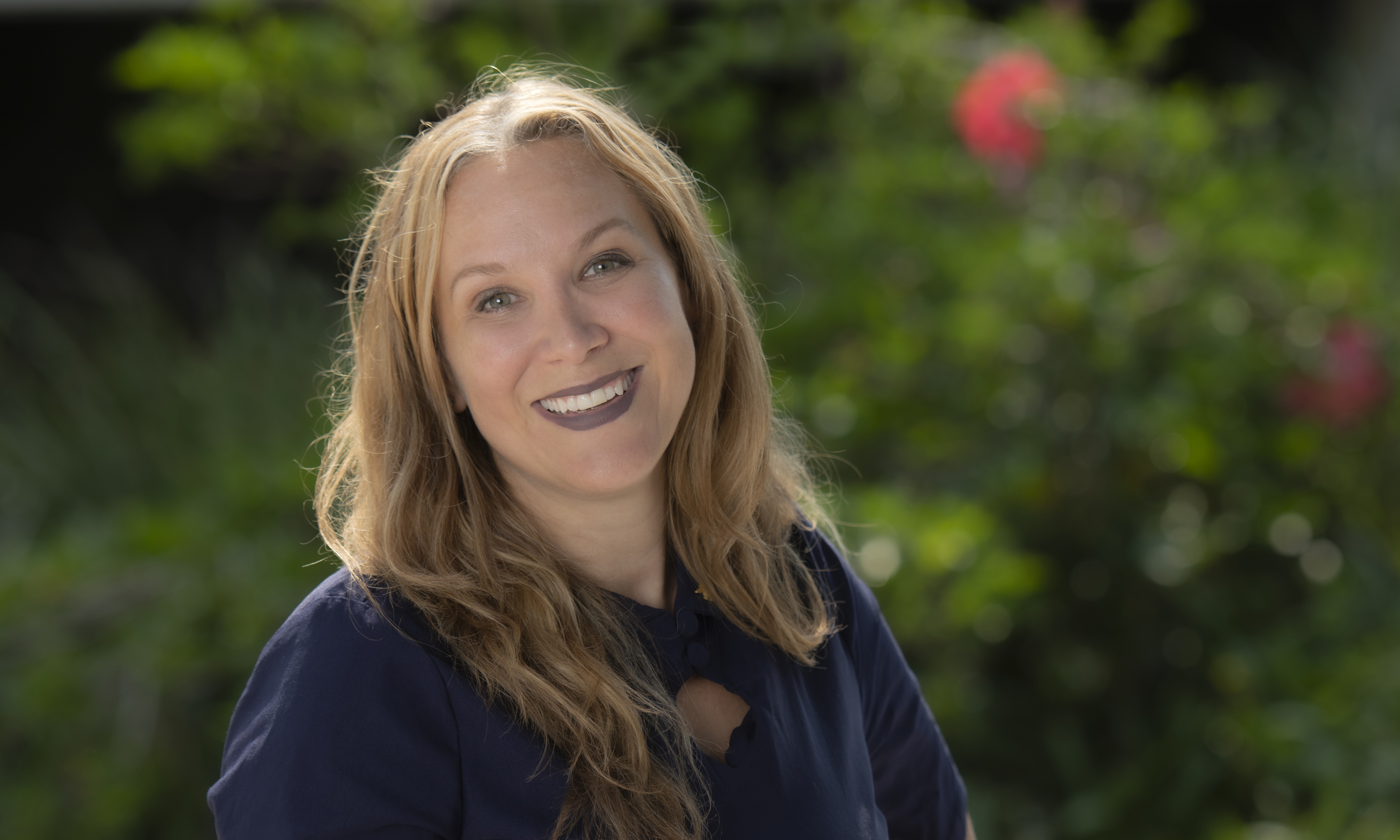5 Ways to Make Edtech More Inclusive
Better communication with students and more representation within edtech are just some ways we can better serve all special education students with technology, says University of California, Irvine’s Gillian Hayes.

Making edtech accessible to all students has always been important but as it is now an essential part of the classroom, it has never been more vital.
Gillian Hayes, vice provost for graduate education and dean of the Graduate Division at University of California, Irvine, has studied edtech accessibility extensively. Making technology more accessible in the classroom is one of her goals at The Connecting the EdTech Research EcoSystem (CERES), which she coleads with UCI colleague Candice Odgers.
She shares strategies for how educators, programmers, and researchers can help foster more accessibility in edtech.
Listen to Your Students About Edtech Needs in Special Ed
For educators, simply listening to students and letting them explain the edtech tools and other support they need to succeed can go a long way. “Lots of children and young adults, they may know themselves well enough to understand, ‘I need a little break from time to time,’ or, ‘I could sit on a bouncy ball during class, that would really work for me.’ Or they may have a more severe physical disability and say, ‘I need all keyboard, no mouse,’ or ‘I need a screen reader,’” Hayes says. “We need to teach educators to do a better job of hearing from their students, and trusting them to know their own bodies and their own selves.”
Of course, proper IEPs and disability services are essential, but in many cases, something contextual may be going on and being able to adapt to what's happening at that moment is important. “We all need to learn to hear each other and trust a little bit more,” she says.

Advocate for Individualization of Edtech for Special Ed Students
When it comes to improving edtech tools for special ed, the key is multimodality. To address that, Hayes would like to see software systems with more flexibility. “For example, it’s built such that for one person, it's keyboard only, and for another person, we're going to have sound and visual and keyboard and tactile,” she says. “And for someone else, we're going to be largely tactile or whatever the case may be. Then everyone wins, because even people without a diagnosed disability may have individual preferences, ways that they learn better, ways that they can engage better.”
Making software customizable for each student isn’t easy but it is important. “I've built a lot of software in my career. And customization is like the worst thing that you can ask of a piece of software. It's the thing that always makes everything break, it makes everything harder, so I don't say that lightly,” Hayes says. “But we're all so different, and this idea that everyone's going to use one of two operating systems on computers that basically all have the same form factor, and that's just going to be how it is, doesn't actually make sense in the grand scheme of humanity.”
Tech & Learning Newsletter
Tools and ideas to transform education. Sign up below.
Don’t Adopt Rigid Standards That Stifle Classroom Creativity
School leaders sometimes have an understandable impulse to require all tools used to support accessibility, but this isn’t always the best solution.
“I want teachers to be creative and think about new kinds of software that are out there and these new tools, and I don't want to slow that down,” Hayes says. “We've seen cases in which schools have said, ‘Well, if you want to use any piece of software in your classroom, it must go through a comprehensive accessibility check, and it must go through a security check, it must go through these other things.’ And I understand the inclination for organizations to try to standardize, but I don't ever want to be standardizing at the risk of stifling creativity.”
Instead, Hayes advocates for more professional development and training for educators at all levels so they know how to take the time on their own to assess tools for accessibility, and also discover and learn from networks of other educators and experts.
Foster More Diversity Within Edtech Spaces
Hayes regularly gets asked about her wish list for edtech accessibility. As important as making the technology itself accessible is, it's not the most crucial aspect. “Yes, our products need to be more accessible, but what really needs to happen is our organizations need to be more accessible,” she says. “I mean that in all fronts, so those of us who design technologies, big-tech firms, and researchers. Those spaces have to become more inclusive, so that people with disabilities themselves, people with different kinds of lived experiences, are a part of those design teams.”
Having more diversity of perspective will aid the development of accessible tech tools, Hayes says. “They’ll just notice things and comment on things in ways that someone who hasn't lived those experiences might not.”
The same is also true of schools. “If we have more teachers with disabilities, they're going to just have a little bit more lived experience that matches some of our kids with disabilities,” she says.
Keep The Recent Spirit of Innovation Alive
The pandemic has demonstrated that rapid and dramatic changes in education are possible, and that has potentially profound implications for the future of special education.
“We just saw a moment in time where a whole bunch of accommodations were made for an entire population overnight,” Hayes says. “What I want more than anything is for when we think about accessible technology, we think as broadly as we did during COVID. If a kid has social anxiety and doesn't want to come to school, or they get sick and hurt, and they shouldn't come to school for maybe a week or two, or a teacher isn't feeling right that particular day or a thousand other things, we've just shown we can do it. So now let's have the institutional will, to decide that we are going to accommodate everyone, we are going to make all education inclusive,and all education accessible.”
Erik Ofgang is a Tech & Learning contributor. A journalist, author and educator, his work has appeared in The New York Times, the Washington Post, the Smithsonian, The Atlantic, and Associated Press. He currently teaches at Western Connecticut State University’s MFA program. While a staff writer at Connecticut Magazine he won a Society of Professional Journalism Award for his education reporting. He is interested in how humans learn and how technology can make that more effective.

